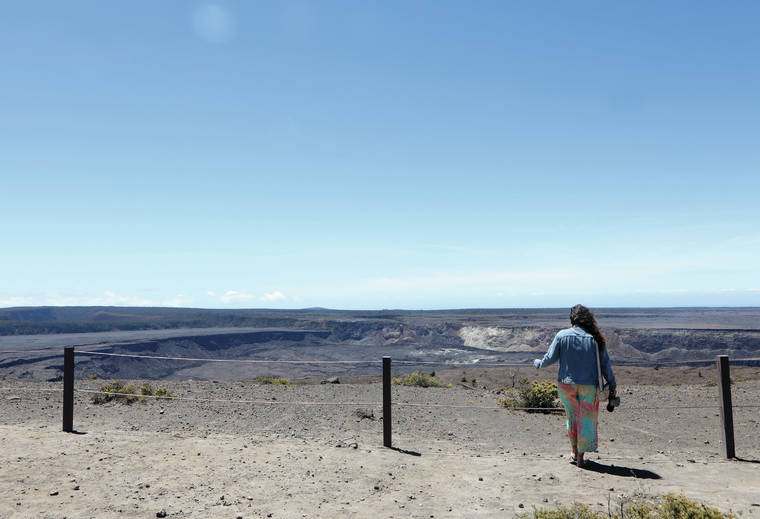Hawaii’s high unemployment rate may have left it unprepared for the coming flood of tourists as the pandemic lessens, tourism industry representatives said Friday.
“I think none of us, no one in the industry, expected tourism to rebound as quickly as it has, especially from the U.S.,” said Kelly Sanders, senior vice president of operations at Hawaii Highgate Hotels, during a livestreamed interview Friday.
With the return of tourism much stronger than anticipated, Sanders said some destinations in the state may be overwhelmed without sufficient staff to accommodate them.
“We’re not prepared in a lot of ways,” Sanders said. “We don’t have enough rental cars…it’s hard to get some employees to get back to work. A lot of restaurants that would love to be open today have not been able to be able because we don’t have the employees.”
Mufi Hannemann, president and CEO of the Hawaii Lodging and Tourism Association, said demand for lodging has been very high, but getting hotel employees to return to work has been a challenge.
“People should look past the fact that Uncle Sam gives them a paycheck until September of this year and even though maybe they make more money staying at home than going to work, we need them to come back,” Hannemann said. “We still have one of the highest unemployment rates in the country, still about 50,000 people out of work, so the more that we can get back to a situation where there’s some sort of normalcy, the better off we’re going to be.”
Hannemann added that many rental car companies sold off most of their stock during the lean months of 2020, and, because of a computer chip shortage, are facing delays in obtaining new vehicles.
Meanwhile, Sanders said the state is seeing “a new type of customer” visiting the state thanks to airlines opening new flights to Hawaii, who he said can be a challenge to educate about the state’s environmental protection initiatives.
Because of this, Hannemann said a bill before the governor that would significantly cut the resources of the Hawaii Tourism Authority could not come at a worse time.
“Long before the pandemic, we recognized that it was important to manage tourism better and not put all our eggs in the basket of marketing tourism,” Hannemann said. “….One lesson that we’ve learned from this pandemic is how totally dependent everyone is on tourism. Like it, loathe it, what have you, but this is the engine that drives our economy. We can continue to pursue economic diversification initiatives and the like, but at the end of the day, especially now, it’ll come back to tourism.”
Email Michael Brestovansky at mbrestovansky@hawaiitribune-herald.com.

